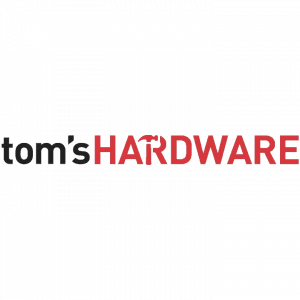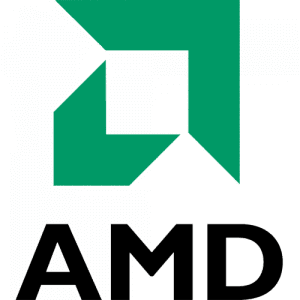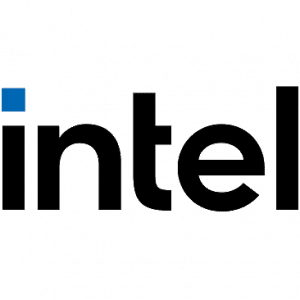
PugetBench for Creators
PugetBench for Creators is designed to benchmark professional workloads in the most common video editing, photography, VFX, and motion graphics applications.
Why PugetBench?
Real-world
PugetBench runs directly on the host application, instead of relying on artificial or synthetic workloads, to give the most real-world results possible. It is a good way to ensure that your system is running as expected, with no abnormal showdowns or issues.
Comprehensive
Real-world workflows are broken down into their base aspects for detailed analysis. Testing in a standardized and repeatable manner allows you to see how your system compares to the latest available hardware overall and in specific tasks. Check out our user guide for more details.
Optimized for Pros
Our benchmarks are focused on the most popular and common workflows used by professionals. They are also 100% free for end users, with a license only necessary for commercial use or advanced features like local logging and command-line (CLI) support.
Download PugetBench for Creators 1.1.7
Includes support for Adobe Photoshop & Premiere Pro.
Adobe After Effects, Lightroom Classic, and BlackMagic DaVinci Resolve coming soon!
By downloading and installing this software, you agree to the terms and conditions outlined in the End-User License Agreement (EULA).
For details on our data collection policy, update logs, command line parameters, and more, see the PugetBench for Creators User Guide.
Supported Applications
*Beta versions of these benchmarks are currently available as plugins or stand-alone applications.
Integration into the PugetBench for Creators application is coming soon!
Additional PugetBench Links
Browse Results
Browse over 100,000 results in our public benchmark database. Compare different configurations, or run the benchmarks yourself to see how your system compares!
Benchmark Licensing
While our benchmarks are free for you to use on your personal system, a license is required for press or commercial use. A license also unlocks CLI support, disabling result uploading, local result logging, and email support.
Development Program
The PugetBench Development Program is a partnership between Puget Systems and hardware, software, and workflow leaders to create the most relevant benchmarks for end users across various industries.
Tech Press and Professionals Trust PugetBench
Dozens of hardware manufacturers, software developers, and press outlets use PugetBench to test and validate computers and components.















